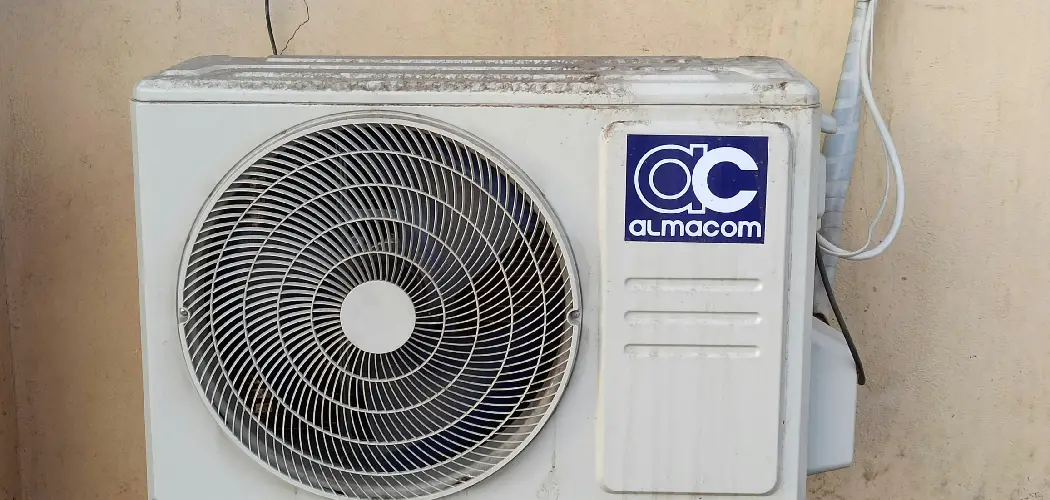Having a functional air conditioning unit is crucial for maintaining a comfortable living environment, especially during the hotter months. However, it’s not uncommon for AC units in apartments to encounter issues that can disrupt their operation.
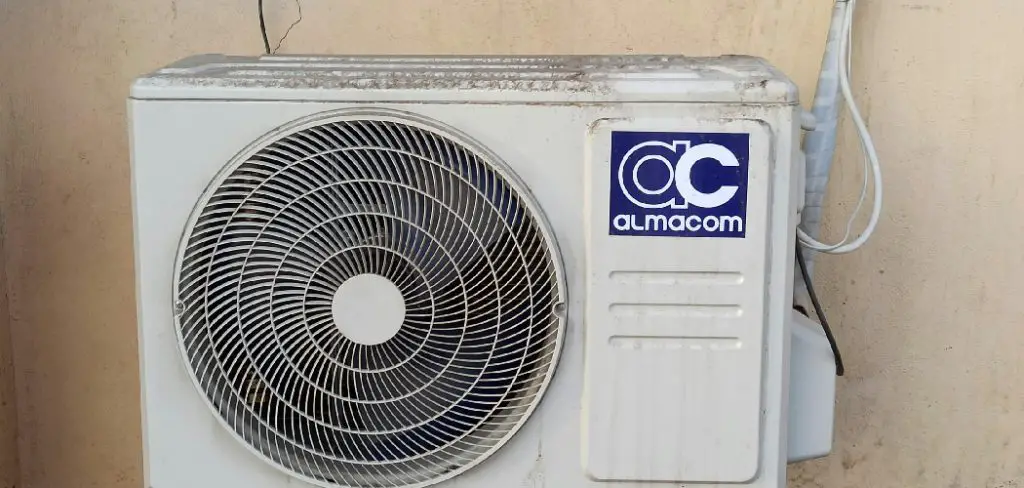
This guide on how to fix my ac unit in my apartment aims to provide you with step-by-step instructions on diagnosing and fixing common problems with your apartment’s AC unit, ensuring you can enjoy a cool and pleasant atmosphere at home.
From checking the thermostat settings to cleaning filters and troubleshooting more complex issues, this document will equip you with the knowledge needed to tackle your AC problems effectively.
What is an AC Unit?
An air conditioning (AC) unit is a system designed to cool indoor spaces by removing heat and humidity from the air. It works by circulating refrigerant through a series of coils that absorb heat from inside the building and release it outdoors. AC units come in various types, including central air systems, window units, and portable designs, each suited for different needs and setups.
In addition to cooling, many AC units also filter and dehumidify the air, contributing to improved indoor air quality and comfort. Understanding how your AC unit functions can help you maintain and troubleshoot it more effectively.
Common AC Unit Problems
Before jumping into fixing your AC unit, it’s essential to identify the issue at hand. Here are some common problems that may occur with apartment AC units:
Lack of Cooling:
The most common issue with AC units is the inability to cool effectively. This can be caused by various factors, including low refrigerant levels, a dirty condenser coil, or a malfunctioning compressor.
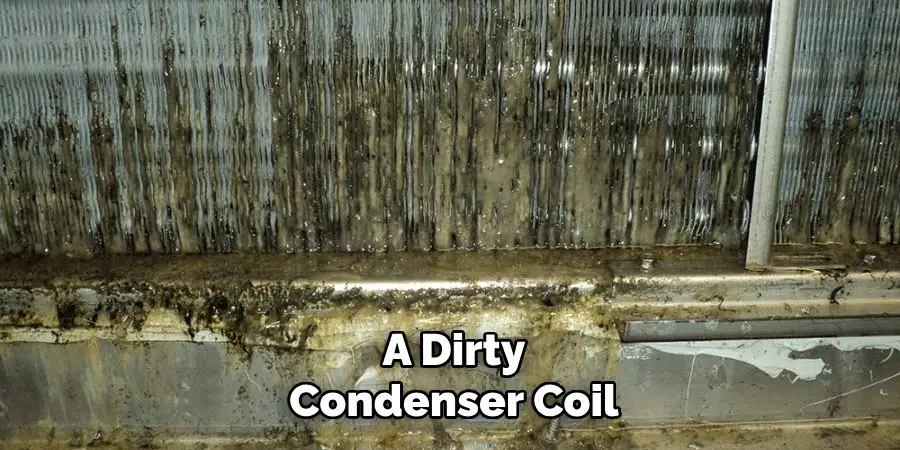
Water Leaks:
If you notice water pooling around your AC unit, it could be due to a clogged condensate drain line or a dirty air filter.
Strange Noises:
Unusual noises coming from your AC unit can indicate loose or damaged parts, such as the fan blades or motor.
Foul Odors:
A musty smell coming from your AC unit is often caused by mold and mildew growth inside the system due to excess moisture.
7 Steps on How to Fix My Ac Unit in My Apartment
Step 1: Check the Thermostat Settings
The first step in troubleshooting your AC unit is to check the thermostat settings. Ensure that the thermostat is set to “cool” mode and that the temperature setting is lower than the current room temperature. If your thermostat has a programmable feature, verify that it’s set correctly for the time of day. Sometimes, simply adjusting these settings can resolve cooling issues.
Additionally, replace the batteries in the thermostat if it’s battery-operated; dead batteries can lead to incorrect readings and malfunction. If everything appears correct, but the unit is still not functioning, proceed to the next step in your troubleshooting process.
Step 2: Check for Power Supply Issues
If your thermostat settings are correct and your AC unit is still not operational, the next step is to examine the power supply. Start by ensuring that the unit is plugged in securely and that any associated circuit breakers are in the “on” position. If your AC unit is connected to a dedicated circuit, inspect the circuit breaker for any tripped switches.
A tripped breaker may indicate an overload or short circuit, which could impede the AC’s functionality. If the breaker has tripped, reset it and check if the AC unit powers back on. Additionally, look for any blown fuses in your electrical panel, as replacing them can also restore power to the unit. If, after these checks, the unit remains unresponsive, it may be time to investigate further or consult a professional technician.
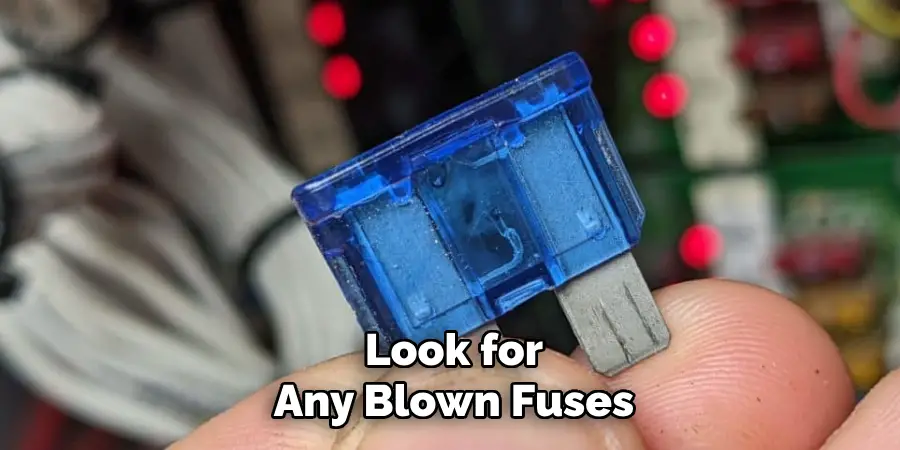
Step 3: Replace the Air Filter
A clogged or dirty air filter can significantly hinder your AC unit’s performance, leading to reduced airflow and inefficiency. To address this issue, locate the air filter within your AC system—it’s typically found near the return air duct or at the base of the unit. Remove the filter and inspect it for dust and debris; if it appears dirty or has not been changed in several months, it’s time for a replacement.
Be sure to follow the manufacturer’s specifications for the correct size and type of filter. Installing a fresh filter can improve air quality and enhance your AC unit’s cooling capabilities, helping you maintain a comfortable environment in your apartment. Regularly checking and replacing your air filter every 1-3 months can prevent future issues and ensure optimal performance.
Step 4: Clean the Condenser Coils
The condenser coils of your AC unit are responsible for releasing heat from inside the building and expelling it outside. Over time, these coils can accumulate dirt, dust, and debris, reducing their effectiveness and impeding airflow. Cleaning the condenser coils is a critical step in maintaining your AC unit’s efficiency and cooling capabilities.
To clean the coils, first turn off power to the unit by unplugging or shutting off its dedicated circuit breaker. Then, use a vacuum with a soft brush attachment to gently remove any surface-level debris from the coils. For more stubborn dirt buildup, you can also use a coil cleaner solution following manufacturer instructions. Once cleaned, rinse the coils with a hose and allow them to dry completely before turning the unit back on.
Step 5: Check for Refrigerant Leaks
Refrigerant is crucial for your AC unit’s cooling process, and leaks can significantly compromise its performance. To check for refrigerant leaks, start by examining the unit for any visible signs of leakage, such as oil stains or white frost forming on the coils or lines. If you suspect a refrigerant leak, it’s important to address it promptly, as low refrigerant levels can lead to system inefficiency and potential damage.
Since handling refrigerant requires specialized knowledge and tools, it is advisable to contact a licensed HVAC technician if you notice signs of a leak. They will have the expertise to safely locate and repair the leak, as well as recharge the system with the appropriate amount of refrigerant, ensuring optimal performance and compliance with regulations. Regular maintenance not only prolongs the life of your AC unit but also promotes a safe and comfortable living environment.
Step 6: Check and Clean the Condensate Drain Line
As your AC unit cools, it produces condensation, which is typically drained through a line to the outside. Over time, this drain line can become clogged with dirt, algae, or mold growth. A blocked condensate drain line can cause water leaks in your apartment and lead to potential water damage.
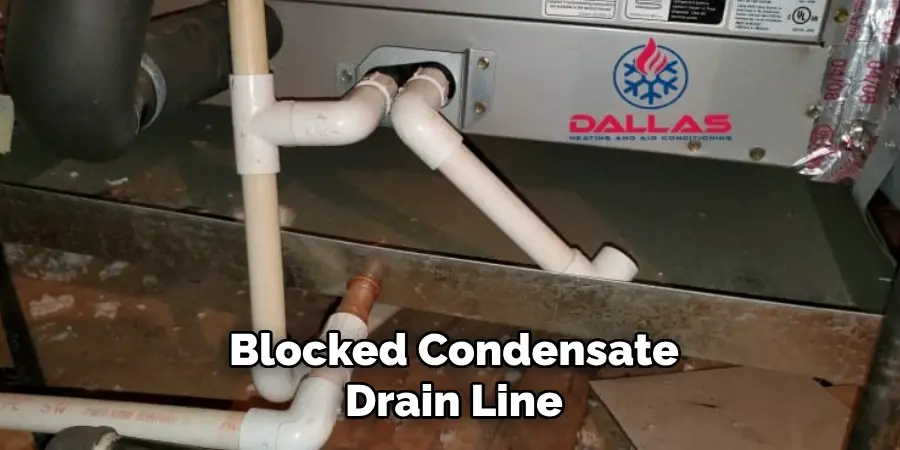
To check and clean the drain line, locate its access point near the indoor cooling coil. Use a wet/dry vac or compressed air to clear any obstructions from the pipe. You can also use a mixture of bleach and water (1 part bleach to 16 parts water) to disinfect and remove any mold growth. Regularly maintaining the condensate drain line can prevent potential water damage and ensure effective drainage from your AC unit.
Step 7: Inspect and Clean the Fan Blades
The fan blades inside your AC unit are responsible for circulating air throughout the system, promoting efficient cooling. Over time, these blades can become dirty or bent, reducing their effectiveness and potentially causing a loud noise when in operation. To address this issue, inspect the fan blades for any dirt buildup or damage and clean them as necessary with a damp cloth. Bent blades can be straightened using a fin comb tool or by gently bending them back into place by hand.
Regularly cleaning and maintaining the fan blades can improve your AC unit’s airflow and reduce noise levels, ensuring efficient operation and a more comfortable living space. Following these steps on how to fix my ac unit in my apartment and performing regular maintenance can help you troubleshoot common AC problems and keep your unit running smoothly for years to come.
Frequently Asked Questions
Q: Why is My AC unit Not Turning on?
A: There could be several reasons for this, including incorrect thermostat settings, power supply issues, or a faulty unit. Refer to the steps above to troubleshoot and try to resolve the issue. If the problem persists, it may be time to consult a professional technician.
Q: How Often Should I Replace My Air Filter?
A: It is recommended to replace your air filter every 1-3 months, depending on the type of filter and frequency of use. Regularly checking and replacing the filter can improve air quality and help maintain optimal performance.
Q: Can I Clean My AC Unit’s Coils with Just Water?
A: Yes, you can use water to rinse off any surface-level debris from the coils. However, for more stubborn dirt buildup, it may be necessary to use a coil cleaner solution following manufacturer instructions.

Q: What Should I Do if I Suspect a Refrigerant Leak?
A: If you notice signs of a refrigerant leak, such as oil stains or frost buildup, it is best to contact a licensed HVAC technician. They will have the expertise and equipment to safely locate and repair the leak, ensuring optimal performance and compliance with regulations.
Conclusion
By following these troubleshooting steps on how to fix my ac unit in my apartment and regularly maintaining your AC unit, you can ensure optimal performance, energy efficiency, and a comfortable living environment in your apartment.
However, if these steps do not resolve the issue or if you are uncomfortable performing maintenance tasks yourself, it is always best to seek professional help from a licensed HVAC technician. With proper care and attention, your AC unit can provide reliable cooling for years to come.

